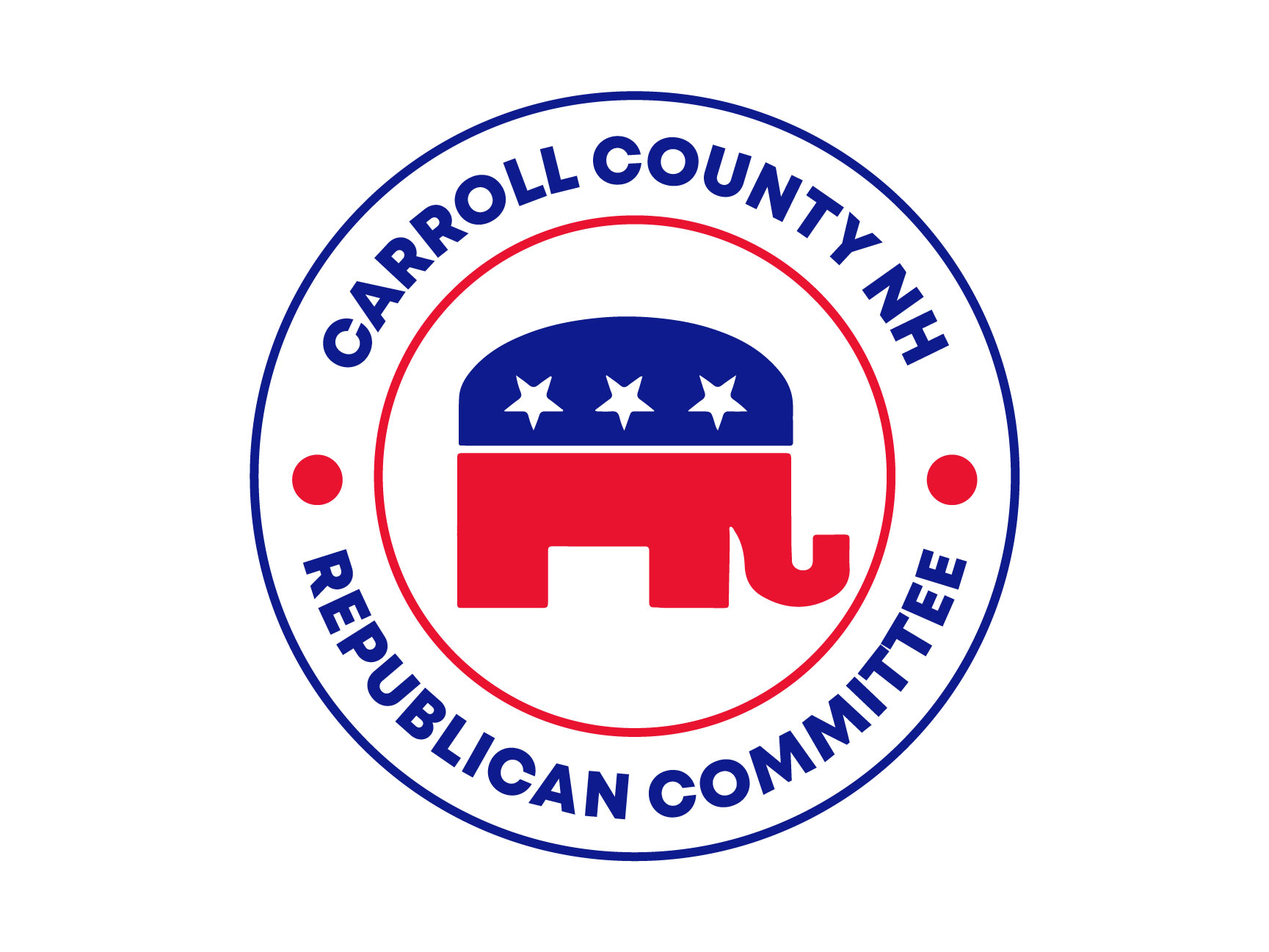This week, some academics released yet another elaborate scheme designed to change the behavior of the ignorant masses. Billed as a “market-based” way to reduce carbon emissions, the Transportation and Climate Initiative (TCI) is just another plot to raise taxes so government officials can access billions more dollars to spend on pet projects.
The administration of Gov. John Lynch in 2009 engaged New Hampshire in this plan, but on Wednesday, when the final proposal was released, Gov. Chris Sununu announced that New Hampshire would not subject its citizens to a new gas tax so other states can have some extra cash to spend on trains and electric buses.
The TCI is a regional cap-and-tax scheme modeled on the Regional Greenhouse Gas Initiative. States that join would agree to cap carbon emissions from vehicles and force fuel distributors to buy carbon allowances at auction. The revenue would be used by the states for clean energy projects. The costs, naturally, would be passed on to drivers. The TCI designers project prices at the pump to rise by between 5-17 cents per gallon.
Groups that like the idea claim it will reduce vehicle carbon emissions by “up to 25 percent” from 2022-2032. But that’s deliberately misleading.
In their own study this past August, the academics who devised the scheme projected that carbon emissions would fall by “roughly 20 percent” under current conditions. In their own presentation released Wednesday, they projected a total admissions reduction of between 20-25 percent, and they acknowledged that approximately 19 percent of that reduction will occur with or without TCI.
Claiming that the TCI would reduce emissions by “up to 25 percent” is kind of like attributing the Milwaukee Bucks’ achievement of a 120 points-per-game scoring average this season to the addition of reserve guard Frank Mason III.
Without Mason’s extra 1.3 points, the Bucks might just miss the 120 points per game average. (They also might not, as another role player could score more than Mason in his absence.) But no one would assign most of the credit for that achievement to Mason rather than, say, the combination of Giannis Antetokounmpo (31.8 ppg) and Chris Middleton (18 ppg).
Coverage of the TCI that ignores the large baseline drop in emissions unrelated to TCI would be like game coverage that highlights the low-scoring bench player’s contribution without mentioning the stars who scored most of the points.
Then there are the costs. By the TCI designers’ own estimate, the financial burden would range from $1.4 billion-$5.6 billion per year.
That’s billions extracted from the economy to produce an emissions reduction that, at best, would be about a quarter of the reduction that will occur anyway, and at worst would be a barely measurable rounding error.
Given those numbers, it’s kind of surprising that Sununu was the only governor to say no to the plan this week.
Then again, adopting elaborate schemes for siphoning cash out of people’s gas tanks is a favorite pastime of other New England states. New Hampshire is less prone to think up clever ways to separate citizens from their money.
The TCI rollout helped solidify New Hampshire’s reputation for Yankee frugality and political independence. This was best represented by the following line in a Washington Post story: “The pact would cover all of New England, except New Hampshire.”
Darned right.
For more of our coverage of this issue, see our recent blog post.

